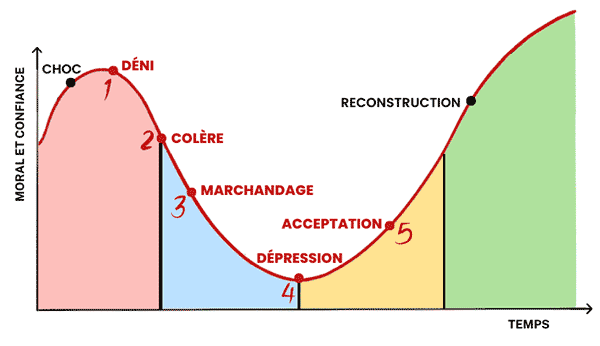
During a press conference on Thursday, August 27, Prime Minister Jean Castex announced the list of new departments in France classified in the red zone. What are the criteria and what does that change? Let’s do a check in.
French departments classified in the red zone
A red zone is also called an “active virus circulation zone”. In other words, a department classified in the red zone is a department where the coronavirus is actively circulating. The red areas are defined according to the incidence rate. This is an indicator based on the results of PCR tests. The Ministry of Health has thus defined two types of threshold: the vigilance threshold (more than 10 infected cases per 100,000 inhabitants) and the only alert (more than 50 infected cases per 100,000 inhabitants). To be classified as a red zone, a department must therefore have an incidence greater than 50 cases of Covid-19 per 100,000 inhabitants in one week.
In total and to date, there are 21 departments placed in the red zone. After Paris and the Bouches-du-Rhône, Seine-Saint-Denis, Val-de-Marne, Hauts-de-Seine, Seine-et-Marne, Essonne, Val-d’Oise, Yvelines, Sarthe, Rhône, Vaucluse, Gironde, Haute-Garonne, Hérault, Gard, Var, Alpes-Maritimes, Guadeloupe, Martinique and French Guyana thus join the list of departments in Red zone.
Red zone: what does it mean?
At first, Jean Castex, affirmed, that within these departments, “ it will no longer be possible to derogate from the ban on meeting more than 5,000 people “. Secondly, he announced that the move from a department to a red zone would give more powers to the prefect based on local epidemiological data, in order to fight against the coronavirus epidemic.
As is now the case in Paris, the French Prime Minister invites the prefects of the departments in the red zone, “ to generalize the wearing of masks in public spaces, at least in large towns and cities […] after consultation with the mayors “. Beyond the wearing of the compulsory mask, other decisions can be taken.
As provided for in article 50 of the decree of July 10, the prefect may be empowered to adopt more restrictive travel conditions within a department when local circumstances so require. This can be the ban on movement within a radius of 100 km around the home, such as the ban on welcoming the public in restaurants, museums and other public places or the ban on assemblies and other leisure activities in public.













